Global Supply Chain of Automotive Parts: Challenges and Opportunities
Global Supply Chain of Automotive Parts: Challenges and Opportunities
Introduction
The automotive industry is one of the most interconnected global markets, with vehicles often being assembled in one country while their parts are manufactured in dozens of others. This interdependence makes the global supply chain of automotive parts both fascinating and complex.
From engines and transmissions to electronics and lubricants, millions of components move across continents every day to support automakers, workshops, and distributors. Yet, the same network that makes cars accessible worldwide also faces challenges—ranging from logistics disruptions to price volatility.
In this article, we explore the key challenges and opportunities shaping the automotive parts supply chain today, and how trusted distributors like ECT AutoCore Trading help businesses navigate this dynamic landscape.
The Scale of the Global Automotive Supply Chain
The automotive supply chain involves multiple stakeholders:
-
Original Equipment Manufacturers (OEMs) producing factory-standard components.
-
Aftermarket manufacturers creating cost-effective alternatives.
-
Suppliers and distributors like ECT AutoCore, bridging the gap between factories and end-users.
-
Logistics providers ensuring timely delivery across borders.
This scale creates efficiency but also vulnerability: a single disruption at one point can affect thousands of businesses worldwide.
Key Challenges in the Automotive Parts Supply Chain
1. Logistics Disruptions
Events such as port congestion, shipping delays, or geopolitical conflicts can slow the movement of parts. Workshops and distributors relying on just-in-time delivery may face shortages, increasing repair times and costs.
2. Price Volatility
Fluctuations in raw materials—like steel, aluminum, and plastics—directly affect part costs. For businesses without stable supplier contracts, these shifts can erode profit margins.
3. Counterfeit and Low-Quality Parts
The global trade environment also enables counterfeit parts to circulate. These components may appear identical to genuine parts but lack the performance and safety standards required. ECT AutoCore Trading addresses this by sourcing exclusively from certified European manufacturers, ensuring authenticity.
4. Regulatory Compliance
Different regions enforce different standards for emissions, safety, and packaging. Exporters must navigate complex compliance requirements, often needing detailed documentation. A distributor with expertise in international logistics can help businesses avoid delays and fines.
5. Demand Fluctuations
Economic cycles, new vehicle technologies, and shifts toward electric vehicles (EVs) all affect demand. Suppliers must adapt quickly to remain competitive.
Opportunities in the Automotive Parts Supply Chain
1. Global Market Expansion
While challenges exist, globalization also opens new markets. Distributors like ECT AutoCore supply European parts to MENA, CIS, Africa, and Balkan countries, helping workshops access quality components that were once difficult to obtain.
2. Digital Transformation
The rise of e-commerce platforms allows workshops and resellers to order parts online. With tools like digital catalogs, real-time inventory, and quick quote systems, distributors streamline the process and make parts accessible worldwide.
3. Diversified Product Range
Distributors that offer both OEM and aftermarket solutions give businesses flexibility. This allows workshops to serve different customer segments—from premium car owners demanding genuine parts to budget-conscious drivers seeking reliable alternatives.
4. Sustainable Practices
As automakers shift toward sustainability, the demand for eco-friendly packaging, recyclable materials, and efficient logistics grows. Suppliers who embrace green practices can gain a competitive edge.
5. Strategic Partnerships
Long-term partnerships between manufacturers and distributors create stability in uncertain markets. ECT AutoCore Trading, for example, works directly with over 70 European factories, ensuring reliable access to certified parts and competitive pricing.
Case Study: Europe as a Key Hub
Europe remains a dominant player in the automotive supply chain, producing high-quality parts for brands like Mercedes-Benz, BMW, Volkswagen, Audi, Land Rover, and Jaguar.
-
German manufacturers are renowned for precision engineering and OEM excellence.
-
British brands emphasize durability and performance for both luxury and off-road vehicles.
-
Suppliers in these regions often collaborate with distributors to ensure parts reach global markets efficiently.
ECT AutoCore, based in Europe, leverages its location and partnerships to supply genuine and aftermarket parts directly from the source—reducing costs and delivery times for international customers.
The Role of Distributors in Strengthening the Supply Chain
Distributors are more than middlemen; they are the backbone of the supply chain. Their responsibilities include:
-
Consolidating shipments to reduce logistics costs.
-
Ensuring authenticity by sourcing only from certified manufacturers.
-
Providing documentation for customs clearance.
-
Offering customer support to match parts with the right vehicles.
For workshops, having a reliable distributor like ECT AutoCore Trading eliminates uncertainty and ensures that operations run smoothly, even during global disruptions.
Looking Ahead: Future Trends in Automotive Parts Supply
-
Growth of EV Components – Demand for batteries, charging systems, and specialized parts will increase.
-
Smart Logistics – AI-driven supply chain management will optimize delivery routes and inventory planning.
-
Closer Manufacturer-Distributor Collaboration – As complexity grows, partnerships will deepen to ensure stability.
-
Customer-Centric Models – Faster quote systems, customized packaging, and flexible shipping options will become standard.
-
Greater Focus on Reliability – In a market with many players, trust and proven performance will be deciding factors.
Conclusion
The global supply chain of automotive parts is both a challenge and an opportunity. Logistics delays, counterfeit risks, and fluctuating demand create pressure, but advancements in technology, new markets, and strong partnerships also open doors for growth.
For workshops and resellers, the key lies in choosing suppliers who combine authenticity, efficiency, and global reach. Distributors like ECT AutoCore Trading exemplify this approach—offering OEM, Genuine, and aftermarket parts directly from European manufacturers, backed by reliable logistics and dedicated customer support.
In a rapidly changing automotive landscape, having a trusted partner in the supply chain is no longer optional—it’s essential.

